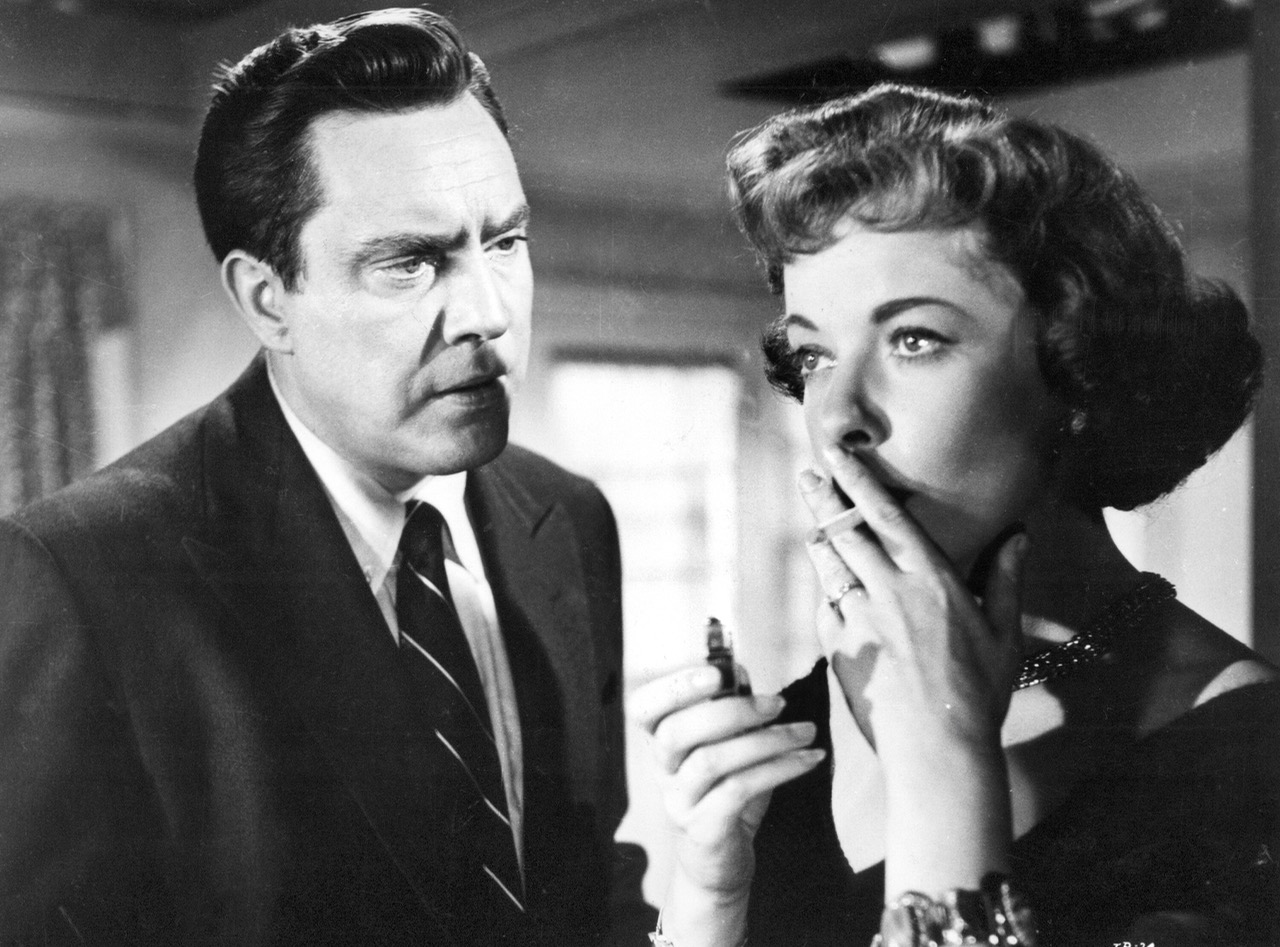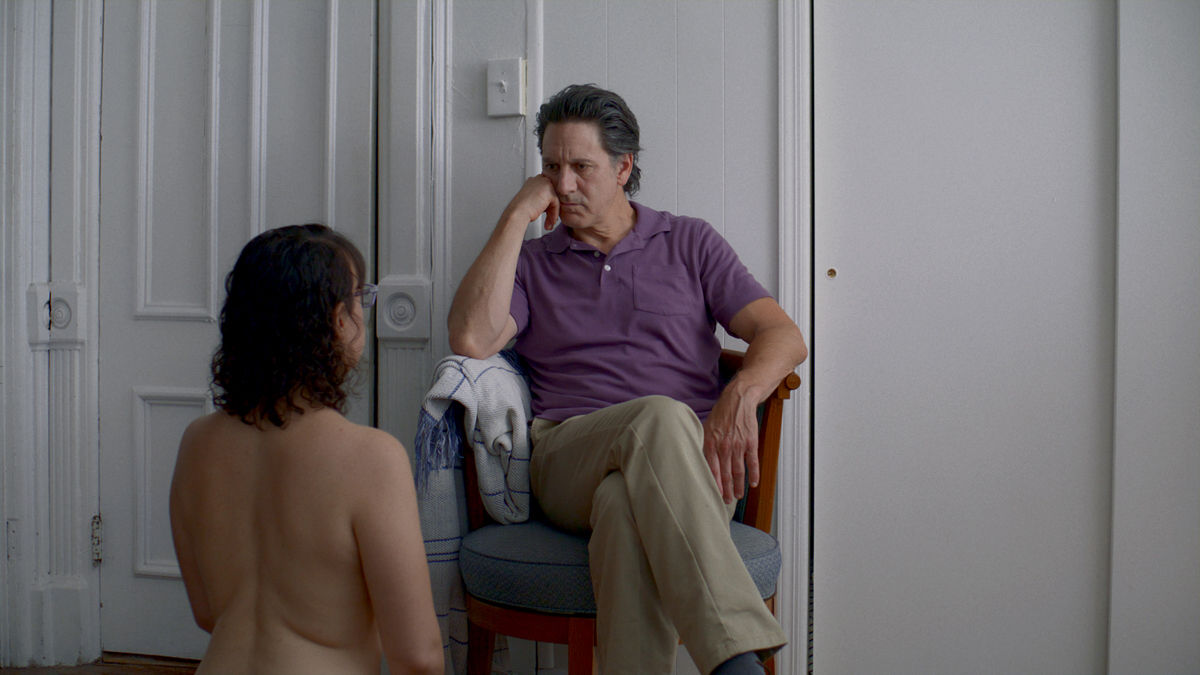 4 Columns
4 Columns
Three multitalented multitaskers, both camera ready and camera steady.

Edmond O’Brien as Harry and Ida Lupino as Phyllis in The Bigamist. Image courtesy The Filmakers Inc. / Photofest. © The Filmakers Inc.
Playing a lead role in a film requires tremendous stamina, directing one even more. How have those who have served as both star and auteur of the same movie managed the stress? Some, like Ida Lupino, assumed different monikers for their different tasks. After establishing herself as a versatile noir actress in the early 1940s, she began directing by the end of that decade, the only woman then doing so in Hollywood. In the helmer’s seat, she gave herself an enduring nickname: Mother. Of the seven movies Mother made, one—1953’s The Bigamist—features her on both sides of the camera, marking her as the first woman in the sound era to direct herself. Writing about a Lupino retrospective, 4Columns film editor Melissa Anderson called The Bigamist “remarkably complex and deeply sympathetic to all three of its protagonists”: childless married couple and business partners Harry (Edmond O’Brien) and Eve (Joan Fontaine), and Phyllis (Lupino), Harry’s second, secret wife, with whom he has an infant son. Although the film is told through Harry’s point of view, “he is by no means the movie’s hero,” Anderson notes. “Harry, like Eve and Phyllis, is something more profound than that: a person undone by isolation. The film ends in a courtroom, but judgment is suspended.”

Clint Eastwood as Mike Milo in Cry Macho. Photo: Claire Folger. © 2021 Warner Bros. Entertainment Inc. All Rights Reserved.
Born only twelve years after Lupino, ninety-four-year-old Clint Eastwood first directed himself in 1971’s Play Misty for Me. Fifty years and scores of movies—as actor, director, or both—later, he made Cry Macho, likely the last film to feature him as both helmer and lead. In his review, Nick Pinkerton observes that Eastwood’s Mike Milo, “a hotshot broncobuster of yesteryear, long busted,” cuts “the figure of a rusty, dilapidated tin shed.” Milo accepts an assignment from an ex-boss to go to Mexico to abduct the honcho’s teenage son and bring him north of the border. If this premise seems to strain credulity, Pinkerton agrees, but only up to a point: “One might note that recruiting a man in deep decrepitude for an arduous kidnapping mission doesn’t make a jot of sense, but Milo, whose top pace is an unsteady ramble, makes up for what he lacks in speed with flinty shrewdness and cussed determination, qualities that also apply to Eastwood’s direction.”

Joanna Arnow as Ann and Scott Cohen as Allen in The Feeling That the Time for Doing Something Has Passed. Courtesy Magnolia Pictures.
Among significantly younger hyphenates, millennial Joanna Arnow directed and starred in a few shorts prior to The Feeling That the Time for Doing Something Has Passed, her first narrative feature (which she also wrote and edited), released earlier this year. Arnow’s oeuvre, as Beatrice Loayza observes in her appraisal of The Feeling That, “absorbs sexual humiliation and turns it into a source of pleasure; her hunger is so pathetic that it becomes an overwhelming discomfort—a force.” However unsettling Arnow’s work may be, Loayza salutes her “for not hiding behind an Oz-like curtain…continu[ing] a tradition of self-portraiture practiced by artists like Chantal Akerman and Lena Dunham.” Arnow’s humor, she continues, “stands out for the abject nature of her eroticism—a combination made even more potent by the fact that Arnow stars in each of her dryly comic films. Her daring is all the more pronounced because her self-degradation rebuffs easy identification.” Unlike Lupino, Arnow does not call herself Mother. But surely some of the young writer-director-actor’s Gen Z fans have described her as mother.